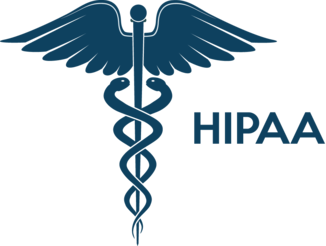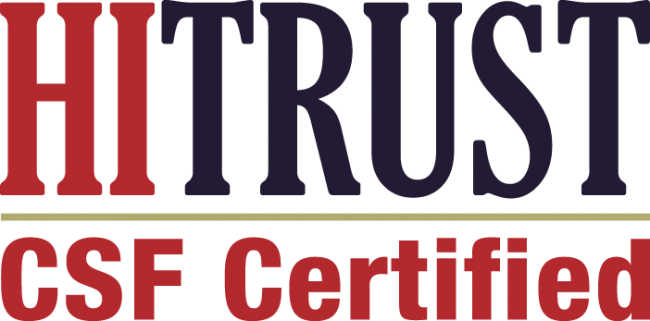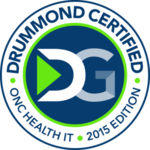The Medicare Physician Fee Schedule (PFS) for 2025 is set to introduce key updates that healthcare providers need to understand. With evolving payment structures and reimbursement opportunities for care management programs, providers need to stay informed and adaptable. In this blog, we’ll break down the proposed changes, focusing on their impact across care management services, and explain why partnering with HealthViewX offers healthcare organizations the best path to navigate these changes.
Key Updates in the 2025 Medicare Fee Schedule
The 2025 Medicare PFS Proposed Rule emphasizes care coordination and value-based care, aligning with Medicare’s goal of improving patient outcomes while controlling costs. Here are the most relevant changes that healthcare professionals need to focus on:
1. Increased Emphasis on Chronic Care Management (CCM)
Chronic Care Management services have been a key component of Medicare’s value-based initiatives. In 2025, CMS is proposing additional reimbursement for CCM services, recognizing the importance of long-term care management for patients with chronic conditions. This is particularly critical given that 60% of Medicare beneficiaries have multiple chronic conditions.
2. Expanded Principal Care Management (PCM) Reimbursements
Principal Care Management, designed for patients with one chronic condition, will see further clarification in its reimbursement structure. For specialists managing complex cases, PCM offers a way to receive payment for intense, focused care. CMS has proposed adjustments to ensure that providers can deliver more targeted care without financial disincentives.
3. Adjustments to Remote Patient Monitoring (RPM) and Remote Therapeutic Monitoring (RTM)
RPM and RTM continue to be valuable tools in managing patients with chronic conditions remotely. The 2025 Medicare Fee Schedule suggests incremental updates to reimbursement codes for both programs, particularly around how data is collected and used to adjust treatment. These changes will support providers in delivering high-quality remote care.
4. Behavioral Health Integration (BHI) and Psychiatric Collaborative Care Model (CoCM)
The growing demand for mental health services has led CMS to propose better-defined reimbursements for BHI and CoCM. This is a response to the urgent need to integrate mental health services within primary care practices. Healthcare providers who implement these programs will have enhanced opportunities to manage both physical and mental health under a value-based model.
5. Transitional Care Management (TCM)
Post-hospitalization care plays a critical role in reducing readmissions. The 2025 fee schedule adjustments include a clearer reimbursement path for TCM services, encouraging more providers to invest in comprehensive post-discharge care, leading to improved patient outcomes and lower costs for the healthcare system.
6. Annual Wellness Visits (AWV)
The updates to AWV reimbursement reflect CMS’s intent to incentivize preventive care. This service plays a key role in early detection and prevention of chronic illnesses. Providers should take advantage of the proposed changes to enhance their wellness initiatives for the Medicare population.
Navigating the Changes: Why HealthViewX is the Ideal Partner
With so many moving parts, successfully managing and maximizing reimbursement opportunities from the 2025 Medicare Fee Schedule can be a daunting task. That’s where HealthViewX comes in. As the only patented platform that offers the entire CMS suite of offerings, HealthViewX simplifies and optimizes the execution of care management programs.
1. Unified Platform for Multiple CMS Care Management Programs
HealthViewX offers a comprehensive solution that integrates Chronic Care Management (CCM), Principal Care Management (PCM), Behavioral Health Integration (BHI), Transitional Care Management (TCM), and more—all within a single platform. This ensures that healthcare organizations can easily manage multiple programs without having to rely on disjointed solutions, thereby improving operational efficiency and reducing administrative overhead.
2. Streamlined Remote Monitoring
Remote Patient Monitoring (RPM) and Remote Therapeutic Monitoring (RTM) are becoming increasingly critical to managing patient populations. HealthViewX seamlessly incorporates these services into its platform, allowing healthcare providers to remotely track patient vitals, symptoms, and compliance. Automated alerts, data analytics, and integration with electronic health records (EHRs) ensure that care is timely and coordinated.
3. Enhanced Behavioral Health Integration
HealthViewX’s Behavioral Health Integration module is specifically designed to support primary care practices in managing mental health conditions. With the expected expansion of BHI reimbursements, providers can leverage this tool to better integrate behavioral health into their existing services while meeting the new reimbursement standards proposed for 2025.
4. Data-Driven Decision Making
One of the greatest challenges for healthcare organizations is ensuring they stay compliant with evolving CMS requirements. HealthViewX offers real-time analytics and reporting tools that help practices understand their performance, track patient outcomes, and ensure proper documentation for each CMS care management program. This helps providers identify areas for improvement while maximizing revenue through appropriate billing.
5. Comprehensive Support for Transitional Care Management
Post-discharge care can be complex, but HealthViewX makes it easier for providers to manage care transitions through automated scheduling, follow-up reminders, and documentation tracking. This reduces the risk of readmissions while ensuring compliance with TCM program requirements, which will receive increased focus under the 2025 PFS.
6. Scalability and Customization
HealthViewX is highly scalable, making it the perfect partner for healthcare systems of all sizes. Whether you’re a small FQHC or a large hospital network, HealthViewX’s customizable care management workflows ensure that the platform aligns with your specific needs, streamlining everything from Annual Wellness Visits (AWVs) to Psychiatric Collaborative Care Management (CoCM).
Preparing for 2025: Next Steps for Providers
The proposed changes to the Medicare Physician Fee Schedule for 2025 signal new opportunities for growth and profitability, but only for those who are prepared to adapt. Here are the steps healthcare professionals should take:
- Evaluate Current Care Management Programs: Review how your practice is currently managing programs like CCM, PCM, and TCM. Identify gaps that can be addressed with more streamlined solutions.
- Stay Informed on Policy Changes: Keep track of CMS updates as the proposed rule is finalized later this year. Ensure that you have a strong understanding of the financial and operational implications of the changes.
- Leverage Technology for Efficiency: Technology is essential for success in the evolving care management landscape. Invest in a platform like HealthViewX that can help automate care coordination, billing, and reporting.
- Partner with Experts: Navigating the complex world of Medicare policy can be overwhelming. Partner with a trusted technology provider like HealthViewX to ensure that your organization is compliant, efficient, and maximizing its reimbursement potential.
Conclusion
The 2025 Medicare Physician Fee Schedule presents challenges and opportunities for healthcare providers. By understanding the proposed changes and partnering with HealthViewX, your organization can navigate these changes confidently and thrive in the new value-based care environment. HealthViewX’s integrated, scalable platform is designed to simplify care management across multiple CMS programs, making it the best choice for healthcare professionals looking to succeed in 2025 and beyond.
With HealthViewX, you can focus on what matters most—providing exceptional care to your patients while maximizing your practice’s financial health. Contact us today to learn more about how we can help you prepare for the future of care management.






